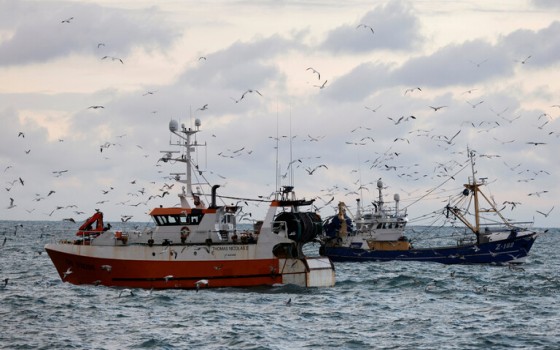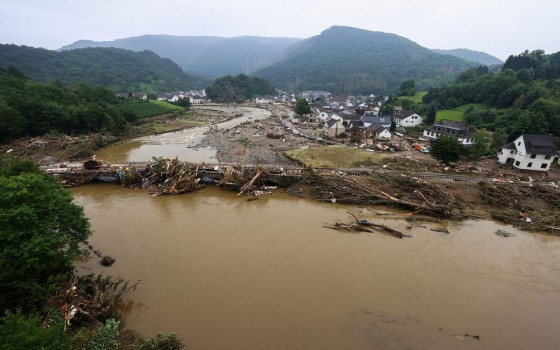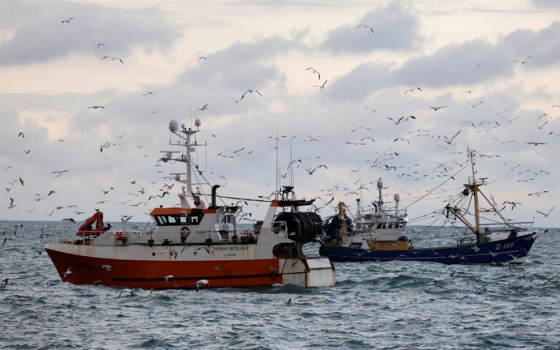
Today, the Climate Conference - COP29 begins: Deadly weather events show the cost of climate inaction

- Europe and Arabs
- Monday , 11 November 2024 7:9 AM GMT
BAKU - Azerbaijan: Europe and the Arabs
Record-breaking floods in Spain, violent storms in Florida and wildfires in South America are just a few examples of extreme weather events accelerating and intensifying around the world.
As the cost of inaction becomes clearer than ever, financing clean alternatives to fossil fuels - the main driver of climate change - will be at the top of the agenda at the 29th Conference of the Parties to the United Nations Framework Convention on Climate Change, known as COP29.
The context in which the COP begins in Baku, Azerbaijan today, November 11, is critical, but not hopeless. The conference will last for two weeks
A UN climate report issued just days before the conference confirmed that the average global temperature is approaching 1.5 degrees Celsius above pre-industrial levels, which will put the world on track for a catastrophic rise of 2.6 to 3.1 degrees Celsius this century, unless greenhouse gas emissions are immediately and significantly reduced.
According to the UN’s daily news bulletin, failure to act will lead to increasingly frequent and dangerous extreme weather events.
The UN is calling for urgent collective action, led by the G20 group of advanced economies, the largest emitters, to reduce the greenhouse gas emissions needed to limit global warming.
The climate crisis transcends borders. Solving it requires unprecedented international cooperation, with the UN and its Secretary-General at the heart of multilateral efforts.
The annual UN climate change conferences are the world’s premier multilateral decision-making forum on climate change, bringing together virtually every nation on Earth.
They are unique opportunities for the world to come together to agree on how to address the climate crisis, limit global temperature rise to 1.5 degrees Celsius, help vulnerable communities adapt to a changing climate, and achieve net zero emissions by 2050.
In addition to world leaders and government representatives, a diverse range of people from all walks of life, from business leaders and climate scientists to indigenous peoples and youth, are participating to share ideas and best practices to advance climate action that benefits all.
The top priority for negotiators in Baku will be to agree a new climate finance target, one that ensures that every country has the means to take much stronger climate action, cut greenhouse gas emissions and build resilient societies.
The aim of the conference is to help unlock the trillions of dollars that developing countries need to mitigate harmful carbon emissions, adapt to climate change and deal with the loss and damage they have caused.
The conference will also follow up on discussions held at the Future Summit earlier this year on reforming the international financial architecture. UN Secretary-General António Guterres has described the current system as “completely unfit for purpose” and ill-equipped to deal with today’s challenges: many poor countries face unsustainable levels of debt that leave them unable to invest in social protection and health care, let alone measures that would lead to a transition to a low-carbon economy. As always at climate conferences, there will be a packed schedule of negotiations, speeches, press conferences, events and panel discussions at the conference site, divided into a green zone – overseen by the conference presidency and open to the general public – and a blue zone run by the UN.
This is where the nitty-gritty of the negotiations will take place, as representatives of the world’s nations try to reach an agreement by the end of the conference. Usually an agreement is reached, but last-minute disagreements drag the talks beyond the official deadline.
The importance of UN climate conferences lies in their ability to convene: decisions taken at each one may not go as far as some might hope in terms of tackling the climate crisis, but they are made by consensus, uniting the world’s nations in international agreements that set standards and drive action in critical areas.
In 2015, at COP21 in Paris, a historic climate deal was reached in which nations agreed to limit global warming to well below 2 degrees Celsius above pre-industrial levels and pursue efforts to limit the rise to 1.5 degrees.
The Paris Agreement sets out a five-year cycle of increasingly ambitious climate action by countries. The next updated national climate action plans – known as Nationally Determined Contributions – are due in 2025. This process has led to incremental but significant improvements in terms of reducing emissions and taking measures to encourage the adoption of renewable energy sources.
Each year, negotiators build on the progress made at previous COPs, strengthen ambitions and commitments, and push for new agreements, based on the latest scientific findings on climate and the role of human activity in the crisis.
Away from the conference walls, there are many positive signs that the transition to clean energy is gaining momentum, and is already paying huge dividends, in terms of creating jobs and boosting the economies that embrace it. Renewables are entering the energy system at an unprecedented rate, and electricity from new wind and solar is now cheaper in most places than electricity from fossil fuels.
A future powered by renewable energy is now inevitable.












No Comments Found